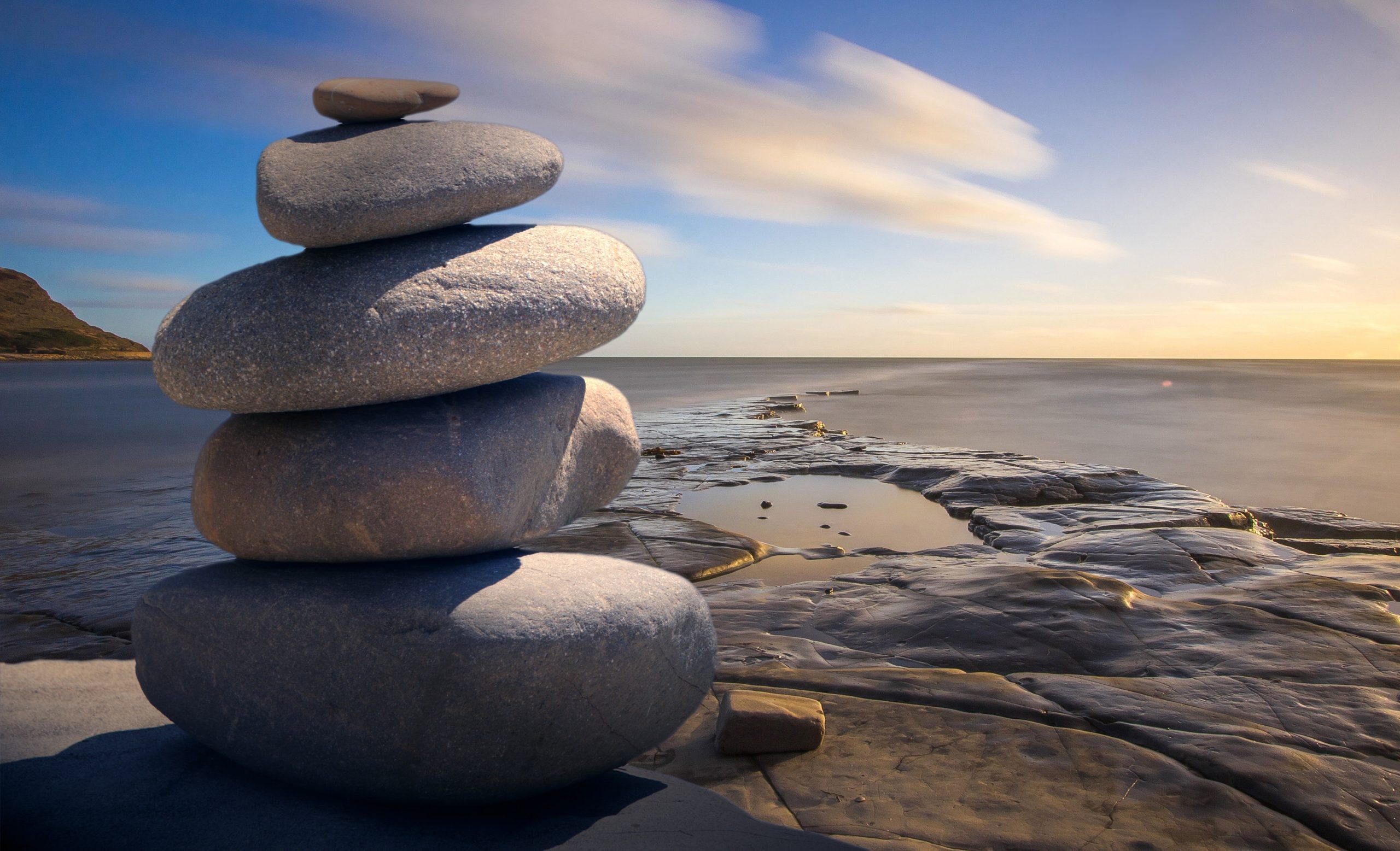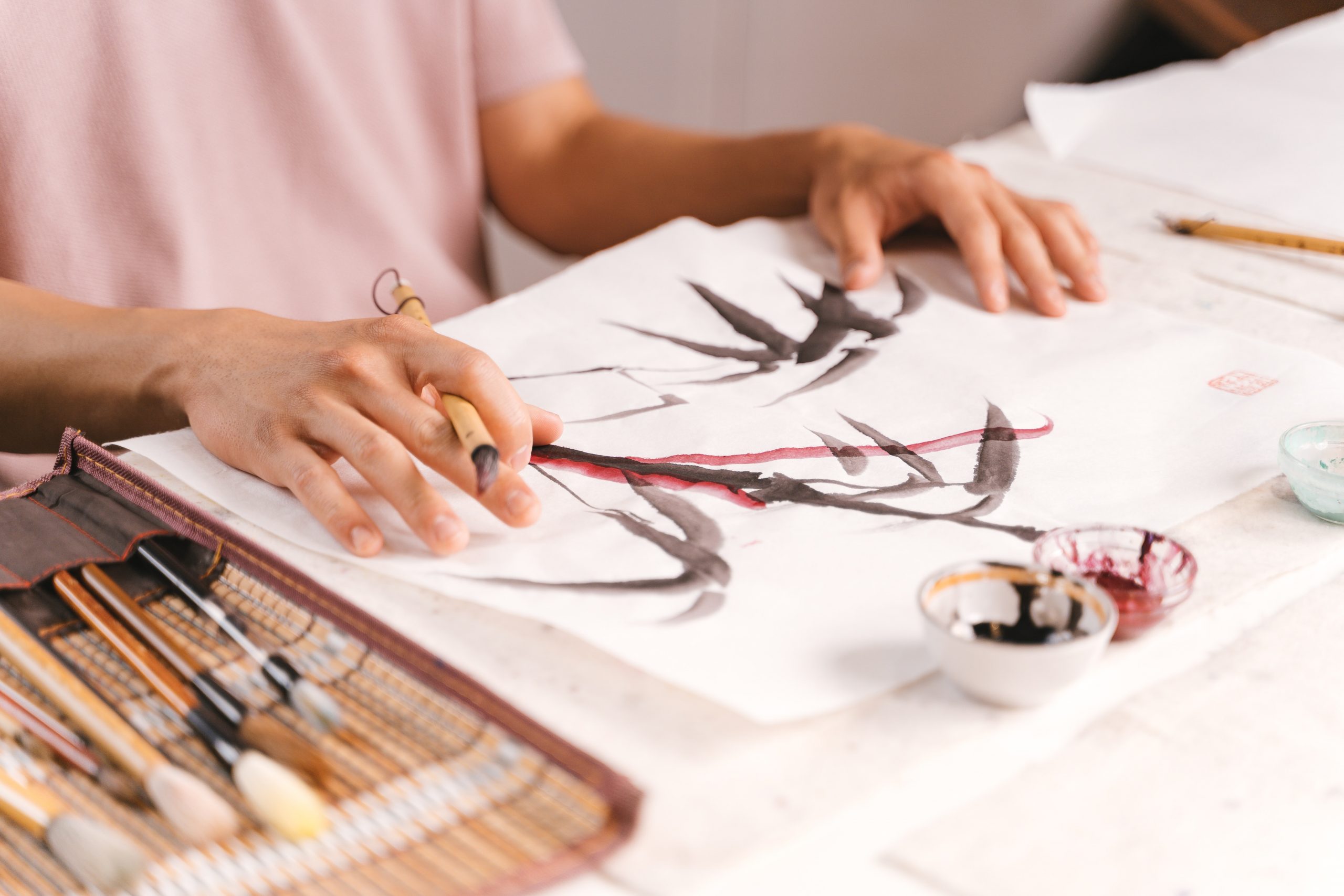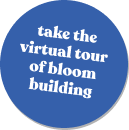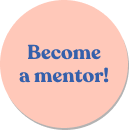What is Mindfulness?
In today’s world, it’s easy to feel overwhelmed and disconnected from our own thoughts and feelings. This is where mindfulness can help. In this blog, we’ll explore what mindfulness is, delve into practical techniques for incorporating it into your daily life, and discover the transformative power of this ancient practice.

What is the definition of Mindfulness?
A quick Google shows the definition of mindfulness to be “a mental state achieved by focusing one’s awareness on the present moment, while calmly acknowledging and accepting one’s feelings, thoughts, and bodily sensations.” But what exactly does this mean?
Mindfulness involves paying non-judgmental attention to the here and now – being fully present in whatever you’re doing, rather than being preoccupied with the past or future.
By observing your thoughts, feelings, and experiences without labelling them as good or bad, mindfulness encourages self-compassion and self-acceptance.
Mindfulness teaches us to acknowledge and accept our experiences as they are, without trying to change or resist them. It’s about making peace with the present moment – so how exactly do you manage that?
How Do I Practice Mindfulness?
Mindfulness can be practiced in a variety of different ways, making it accessible to anyone. Here are some techniques to get you started:
Mindful Breathing:
Find a quiet place to sit or lie down and close your eyes and focus on your breath. Notice the sensation of your breath entering and leaving your nostrils or the rise and fall of your chest or abdomen. If your mind wanders that’s OK, just gently bring your attention back to your breath.
Body Scan Meditation:
Lie down comfortably or sit in a relaxed position. Start at your toes and mentally scan your body inch by inch, noting any tension or discomfort. As you become aware of tension, consciously release it, and move on.

Mindful Walking:
Take a slow, deliberate walk in a quiet space, like a park or garden. Pay attention to the sensation of your feet lifting off, moving through the air, and making contact with the ground. Notice the movement of your body and the sounds around you.
Mindfulness Journal:
Set aside a few minutes each day to write down your thoughts and feelings. Let your thoughts flow without judgment or editing.
If you don’t feel comfortable practicing mindfulness unassisted, then there are several guided mindfulness meditations and directed practices on YouTube, various mindfulness apps, and there’s even mindful music.
How to Include Mindfulness in Everyday Life:
While formal mindfulness meditation sessions are valuable, the true power of mindfulness lies in its integration into your daily life. This can be as simple as occasionally checking in on yourself, to making sure you’re living every moment in the present. Here’s how to weave mindfulness into your routine:
Mindful Morning Routine:
Start your day with intention by being mindful during your morning routine. Pay attention to the sensations of washing your face, brushing your teeth, and having breakfast.
Mindful Commuting:
Whether you’re driving or taking public transport, use your commute as a mindfulness opportunity. Notice the scenery, the sounds, and the rhythm of your journey. If you encounter traffic or delays, practice patience and acceptance.
Mindful Work:
Incorporate short mindfulness breaks into your workday. Pause for a minute to take a few mindful breaths, re-centring your focus. Give each task your full attention – one at a time – instead of multitasking.
Mindful Conversations:
When talking to someone, give them your complete attention. Listen actively and empathetically, without interrupting or formulating your response while they speak.
Mindful Evening Routine:
Wind down your day with mindfulness. Reflect on the day’s events, acknowledging both positive and challenging experiences. Practice gratitude for the simple things in life.
The more you bring these practices into your everyday life, the easier and more natural they will become. Before you know it, you will be practicing mindfulness without even realising!
What Can Mindfulness Do for You?
The benefits of mindfulness are extensive and can positively impact various aspects of your life:
Stress Reduction:
Mindfulness is an amazing tool for managing stress. By staying present and non-judgmental, you can reduce the physical and emotional toll of stress on your body and mind.
Improved Emotional Regulation:
Mindfulness helps you gain better control over your emotions. You become more aware of emotional triggers and can respond to situations with greater calmness and clarity.
Enhanced Focus and Concentration:
Regular mindfulness practice can improve your ability to stay attentive and focused on tasks, ultimately boosting your productivity.
Better Relationships:
Mindfulness fosters empathy and better communication skills. Being present in your interactions with others can lead to deeper connections and improved relationships.
Physical Health:
Mindfulness has been linked to improved physical health. It can reduce symptoms of various medical conditions, such as chronic pain, hypertension, and sleep disorders.
Mental Wellbeing:
Mindfulness is associated with increased levels of happiness and life satisfaction. It can also help prevent or manage mental health issues like depression and anxiety.
Enhanced Creativity:
By quieting the mind and reducing mental clutter, mindfulness can open pathways to greater creativity and innovation.

While many do experience benefits and enjoyment from mindfulness, it’s important to note that it’s not for everyone. There’s even some risk that mindfulness can lead to increased signs of dissociation and other adverse side effects. It’s crucial to make sure you’re listening to your own mind to find what works for you.
At Open Door we blend elements of CBT, mindfulness, and more through our Bazaar programme to help young people and young adults aged 17-35 understand their mind. If you’re looking to try mindfulness and other techniques with the support of a peer mentor, then become a member and start receiving one-to-one sessions here.



